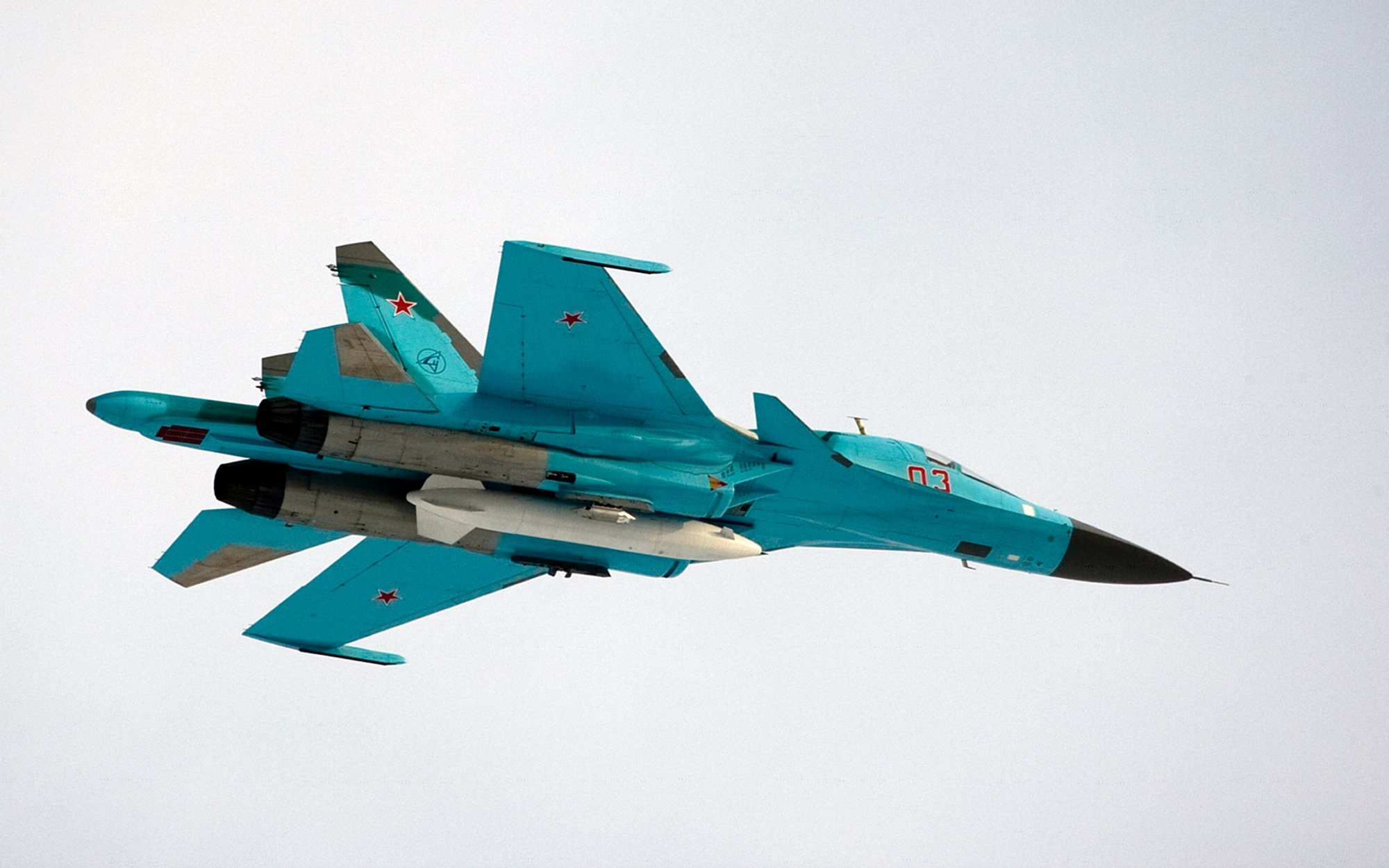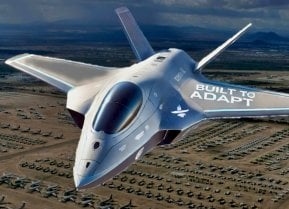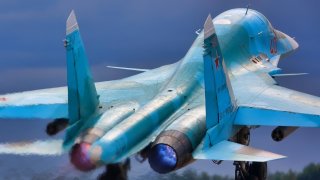Russia's Su-34 Fighter-Bomber Is Falling out of the Sky in Ukraine War
The Russian Su-34 Fullback is a versatile twin-engine fighter-bomber designed for tactical bombing and air-to-air combat, capable of carrying a large array of munitions.
Summary and What You Need to Know: The Russian Su-34 Fullback is a versatile twin-engine fighter-bomber designed for tactical bombing and air-to-air combat, capable of carrying a large array of munitions.
-With a crew of two, the Su-34 has been used extensively in the Ukraine conflict, where it has suffered significant losses, highlighting its vulnerabilities.
-Despite its advanced features, including a reinforced cockpit and electronic warfare countermeasures, the aircraft is most effective when supported by other air and ground forces.
-Without adequate protection, the Su-34 becomes susceptible to enemy fighters and anti-aircraft systems, and Russia has already lost at least 26 of its fleet of 150, as of several weeks ago.
Russia's Su-34 Fullback Drama Show Has Arrived
The Russian Aerospace Forces operate a large fleet with several different types of aircraft. One of the most interesting jets in that fleet is the Su-34 Fullback.
A bomber and fighter jet in one, the Su-34 is the go-to choice for Russian commanders for taking out hard targets on the ground. But the aircraft has been taking heavy attrition in the war in Ukraine, showing its weak points.
Su-34 Fullback: Two Aircraft in One
Designated as “Fullback” by NATO, the Su-34 is a twin-engine fighter-bomber jet with a crew of two – a pilot and a weapons officer. The aircraft can operate in all weather conditions and conduct attack, bombing, and fighter missions.
The Russian Aerospace Forces have been using the Su-34 Fullback mainly in a tactical bombing role. With this requirement in mind, Sukhoi designers gave the Fullback an enhanced cockpit with additional armor to withstand anti-aircraft ground fire. Moreover, the fighter-bomber sports advanced electronic warfare countermeasures to jam or defeat enemy anti-aircraft missiles.
The Su-34 Fullback can hit speeds of around Mach 2 (about 1,500 miles per hour) and has an operational range of 2,500 miles without any refueling. It is designed to sustain heavy pressure (up to 9 Gs) and has a pressurized cabin.
But where the Su-34 Fullback really shines is in the weapons department. The aircraft can carry up to 18,000 lbs of munitions in 12 hardpoints, including R-77 active radar-homing beyond-visual-range air-to-air missiles; R-73 heat-seeking air-to-air missiles; R-27 radar-homing air-to-air missiles; Kh-59, Kh-58, Kh-38, Kh-29, and Kh-25 air-to-surface missiles; and Kh-65 and Kh-36 cruise missiles. The fighter-bomber can also carry Kh-35 and Kh-31 anti-ship missiles and an extensive selection of conventional bombs. In addition, the Su-34 carries a 30 mm Gryazev-Shipunov GSh-30-1 cannon with 120 rounds for ground attack and dogfighting.

With these munitions, the Su-34 Fullback can strike targets up to 160 miles away, and the Russian Aerospace Forces have used it extensively in operations in Ukraine. However, Su-34 squadrons have taken serious losses in the conflict, losing at least 26 fighter-bombers so far, at least as of several weeks ago. Overall, the Russian Aerospace Forces operate around 150 of these aircraft, each of which costs about $85 million.
The concept of incorporating multiple mission sets into one aircraft isn’t new. The U.S. F-35 Lightning II stealth fighter jet, for example, is capable of conducting six mission sets at the same time with the right munitions. The idea behind such aircraft is to streamline mission sets and encourage a more efficient aircraft fleet. The U.S. military envisioned the F-35 Lightning II doing the job of several older aircraft that would eventually be retired.
Overall, the Su-34 is a capable aircraft that can accomplish several mission sets. It is most valuable when it has sufficient air and ground support to pursue its tactical bombing missions without worrying about enemy fighter jets or anti-aircraft systems. In the absence of such support, it is vulnerable.
About the Author:
Stavros Atlamazoglou is a seasoned defense journalist specializing in special operations and a Hellenic Army veteran (national service with the 575th Marine Battalion and Army HQ). He holds a BA from the Johns Hopkins University and an MA from the Johns Hopkins’ School of Advanced International Studies (SAIS). His work has been featured in Business Insider, Sandboxx, and SOFREP.
Image Credit: Creative Commons and/or Shutterstock.


